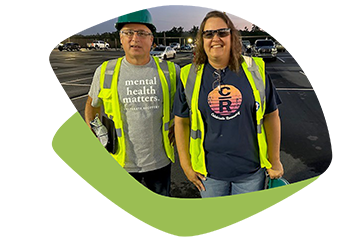Beehives, Trust, and Wellbeing


In her 2020 Midwest Health Promotion Conference session, Mari Ryan, CEO and Founder, Advancing Wellness, led an interactive ideation session titled Workplaces of the Future. Attendees participated in Q & As. When asked, “How can employee experience support employee health and wellbeing?” trust bubbled up in our word cloud as the number one factor. When asked to pick the single MOST important factor in workplaces of the future, trust was the third most-chosen concept, close behind connection and flexibility.
Why is trust so important to employee wellbeing?
In her November 16th blog, What Bees Teach Us About Trust, Mari Ryan discusses how high-trust work cultures not only result in superior business performance but also enrich employee wellbeing. Ryan writes, “without trust, organizations are dysfunctional, unproductive and most likely, not very good places to work.”
As you look at other areas of your life, like friends, family, life partners, your health care team, or spiritual leaders, trust plays a starring role, so why wouldn’t it be important at work? In her book The Thriving Hive: How People-Centric Workplaces Ignite Engagement and Fuel Results, Ryan uses a beehive analogy to show the importance of trust at work. “Like a thriving beehive, a high-trust culture is built upon everyone performing their role to support the organization’s purpose.”
How can companies create a high-trust culture?
Ryan states that building a high-trust culture doesn’t happen overnight and takes time and commitment. Below are summaries of what Ryan recommends to get started in building a high-trust culture.
Safety: Employers need to not only make sure the work environment is physically safe for employees but that they are psychologically safe and supported as well. Employees want to feel heard, valued, and have a sense of purpose.
Open Communication: Create a work environment that promotes being honest and direct with constructive feedback. Where there is transparency, issues can be resolved collectively.
Clear Expectations: Leadership must not only share the organization’s purpose and goals but give direction on how to get there. Employees must know how they fit into the roadmap of the organization's goals. Clarity builds confidence.


